
Sometimes, despite having used tremendous effort to succeed, you have to accept defeat. This is what I told myself after spending ages trying to come up with a title that fits. Alas…
Having returned from a cycling trip in Africa, where every day was a bombardment of new experiences and sightings of people, landscapes, and birds, I enjoyed the calm of being back in Germany but I also missed the sense of exploring places with the knowledge that I could discover something that would be exciting and new to me. This applies to birds in particular. Sometimes when I’m out birding with others I am impressed by their interest in birds they’ve seen a countless times. While I still enjoy watching typical garden or water birds, especially if they exhibit unusual behaviours, the absence of species that seem ‘special’ (whatever that means) by and large reduces my motivation to go out birding. It was thus relieving to notice that on a recent trip to Munich, I spent a few very entertaining hours observing some standard birds of the city.
Goosanders are very common along the Isar River that flows through the city. This is one of the very few birds whose abundance doesn’t stop me from enjoying watching them for extended periods. Especially when they are in groups, their antics of diving for fish and swimming across rapids seem almost otter-like. Because they prey on graylings, a species of fish, have made some enemies Goosanders in the area (picture a sturdy middle-aged man with a traditional Bavarian outfit, a fishing rod in one hand, nad a bucket in the other). Over 600 individuals (Goosanders, not their enemies) have been shot along several stretches of the river over the last few years as part of a monitored research project. Since last year, the Bavarian bird and nature conservation society is protesting against further shooting of the birds as they argue that more than enough birds have been shot to analyse whether they regularly prey on graylings and whether reducing the population increases grayling stocks. To me, this sounds like another situation decisions are being made without adequate stakeholder involvement, which appears to be the norm globally. Fortunately, there still seem to be good numbers of Goosanders in Munich itself.


Arguably more popular than Goosanders among all stakeholders are the Tawny Owls in the Nymphenburger Park. Perhaps this is because their diet is comprised partly of animals considered to be pests rather than game. I am aware of four roosting sites of these birds in the park (seasoned local birders probably know a few more), and on most visits a bird can be found in one of these places. Owls will probably never make it on the list of ‘dull’ species regardless of how common they are, partly as their abundance is a pretty bad indicator of how regularly you come across one. Tawny Owls, as a widespread and common species, are a case in point – I think I’ve only seen three or four of them away from these roosting sites. In that sense, these stake-outs could be considered cheating. I initially considered reflecting on how stake-outs even risk seeing these lovely birds gradually appear on the ‘dull’ list, but then realised that this could be construed as quite scandalous politically motivated writing on behalf of the owl defamation league.
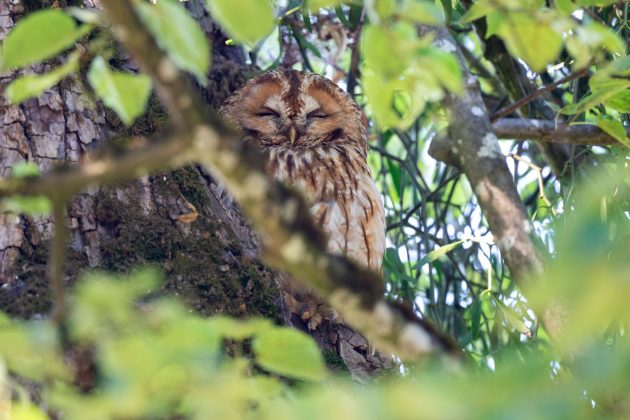
The park also hosted some Barnacle Geese during my visit. Although they were not ringed, I’d imagine that they are escapees. On eBird, there appear to be sightings year-round, suggesting that regardless of whether they are escapees, they have become so habituated to the tourists and the leftovers of their brezels that they have no reason to leave. Quite convenient that one does not have to travel all the way to the coast to see these pretty birds (again a case of cheating?). They did seem out of place, but that did not distract from the appeal of their wide face and black neck that does justice to its German name of “nun goose”. Bottom line: another common but decidedly not dull species.
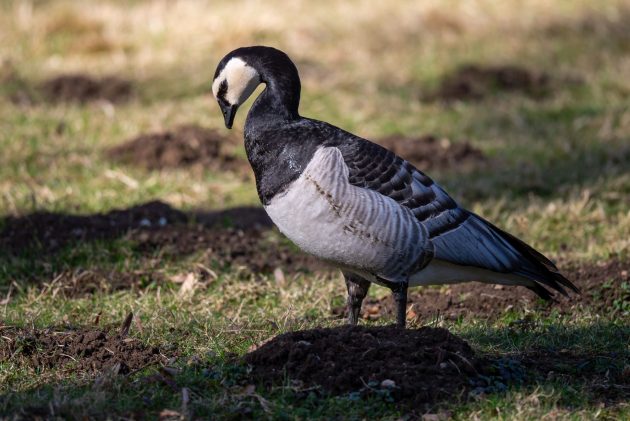
The ubiquitous Mallards aside, Tufted Ducks are probably the most common waterbirds in Munich. The bright orange eye, their namesake tuft, and the clean pied plumage of the males always turn these birds into somewhat of a showstopper nonetheless. I just before having spotted the geese, I spent a few minutes trying to photograph a male taking a bath. Funny that they spend all day in the water and then wash themselves with the same stuff. Dullness factor: zero.

Being more interested in commoner species is a real virtue as it lowers the bar for a productive birding session and arguably allows you to be more sustainable by avoiding long-distance travel. While I’ll try to continue being fascinated by my backyard birds, I can’t claim that I will lose in interest in the mouthwatering trogons and pittas still out there.





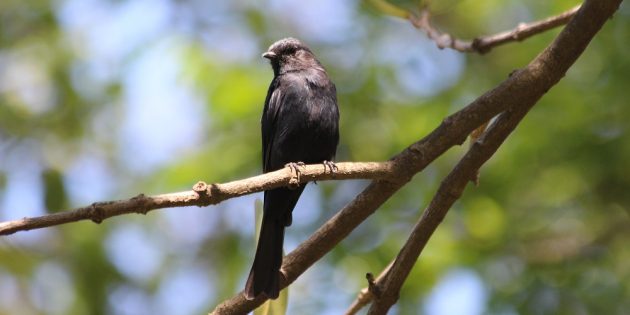


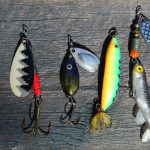

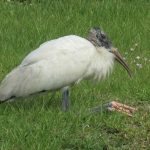

Very nice writing – and while as a Northern German not much attracts me to Munich, the Tawny Owls would …